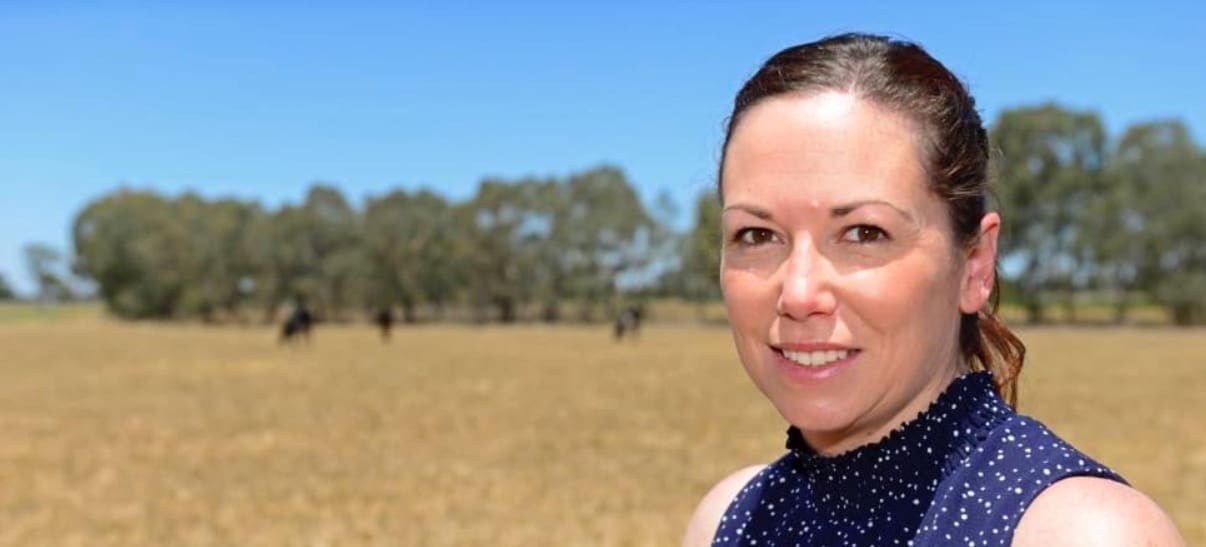
Victorian Minister for Agriculture Jaclyn Symes: SPA EID tour report is further proof that other states should follow Victoria’s lead.
MORE sheep and goat producers nationally are taking up electronic identification as the Victorian Government agrees to explore options to review the state’s mandatory EID system.
Victorian Minister for Agriculture Jaclyn Symes has welcomed a Sheep Producers Australia proposal for an independent analysis of Victoria’s mandatory EID ear tag system for sheep and goats prior to consideration of its roll-out as part of the National Livestock Identification System.
Recent sales data indicate interstate EID sheep tag purchases have increased since Victoria initiated mandatory EID tagging for sheep and goats in January 2017. Agriculture Victoria’s acting director, sheep electronic identification, Michael Bretherton said national electronic NLIS sheep and goat tags use is increasing annually.
EID sheep and goat tag purchases by interstate producers increased last year by 33 percent on 2017 sales to about 1.25 million tags. More than 4 million electronic tags have been purchased by interstate producers over the last six years. About 10 million electronic NLIS sheep tags were sold in Victoria in 2018.
Following a statewide saleyard, abattoir and farm tour to see the Victorian sheep EID system in action, SPA concluded it is on track to meet the requirements of the National Standards Traceability Performance Standards. A tour report recommended that the Victorian system be independently testing to determine its performance compared to the mob-based system.
Victorian Minister for Agriculture Jaclyn Symes said Victoria is leading the way with the critical reform. The state’s sheep and goat industries should be commended for the way in which they have embraced the change and made a successful transition to the electronic system, she said.
“What was a bold plan three years ago, is now becoming an integral and accepted part of the day-to-day work for sheep and goat producers, saleyards and abattoirs.”
“The report from SPA backs this up and is further proof that more states should follow our lead.”
Since the Victorian Government announced its mandatory system in August 2016, more than 2.4 million electronically tagged sheep and goats have been scanned and uploaded to the NLIS database in saleyards and more than 4 million have been scanned and uploaded at Victorian abattoirs.
“The way in which Victorian producers, agents, saleyards and the processing sector have embraced the change has been exemplary.
“The tour conducted by Sheep Producers Australia late last year observed that the electronic system was feasible and efficient in its functioning as animals move through the Victorian supply chain,” Ms Symes said.
“It is very pleasing to see that industry is actively investigating key aspects of the system as a part of exploring the adoption of EID across the nation.
“Victoria will work with Sheep Producers Australia to explore options for reviewing the system.”
SPA has requested the SAFEMEAT Jurisdictional Traceability Working Group develop a methodology for testing the Victorian EID system, once property-to-property transfers have been implemented for 12 months. Testing could potentially commence in April 2019 provided the methodology has been developed and approved. Once this testing has been completed a report will be sent to governments and industry bodies to facilitate consideration of the appropriateness of moving to a national EID based NLIS (S&G) system, SPA has said.
Click here to read the SPA EID tour report.

HAVE YOUR SAY